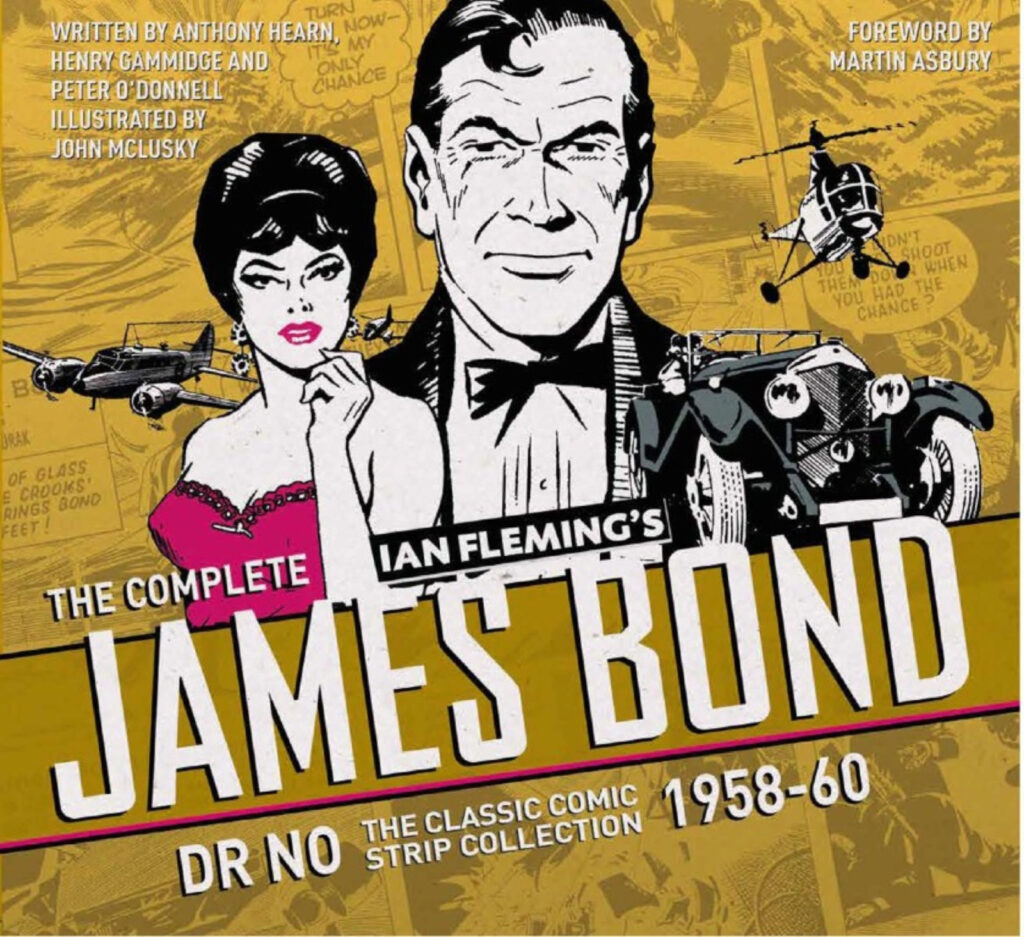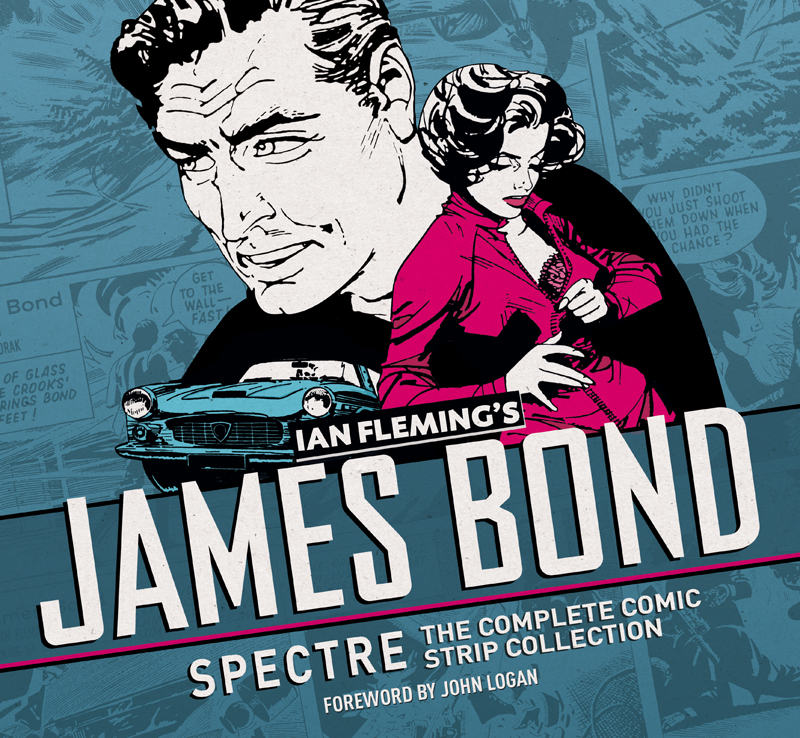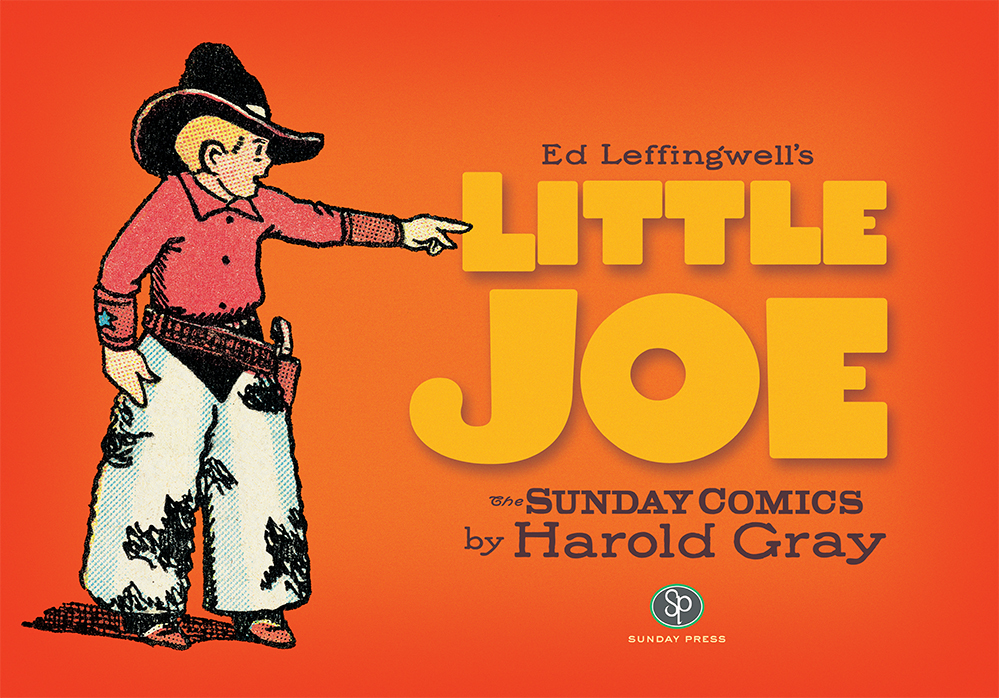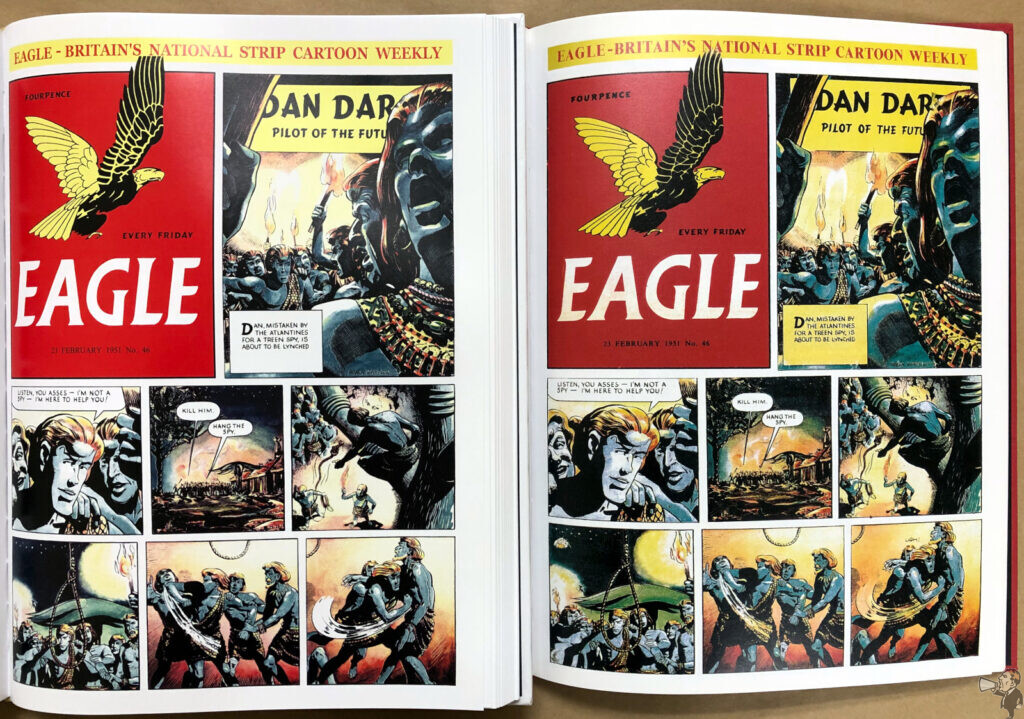A brief interview with Peter Maresca at CBR caught my interest about his restoration process in relation to working on Titan’s Flash Gordon series.
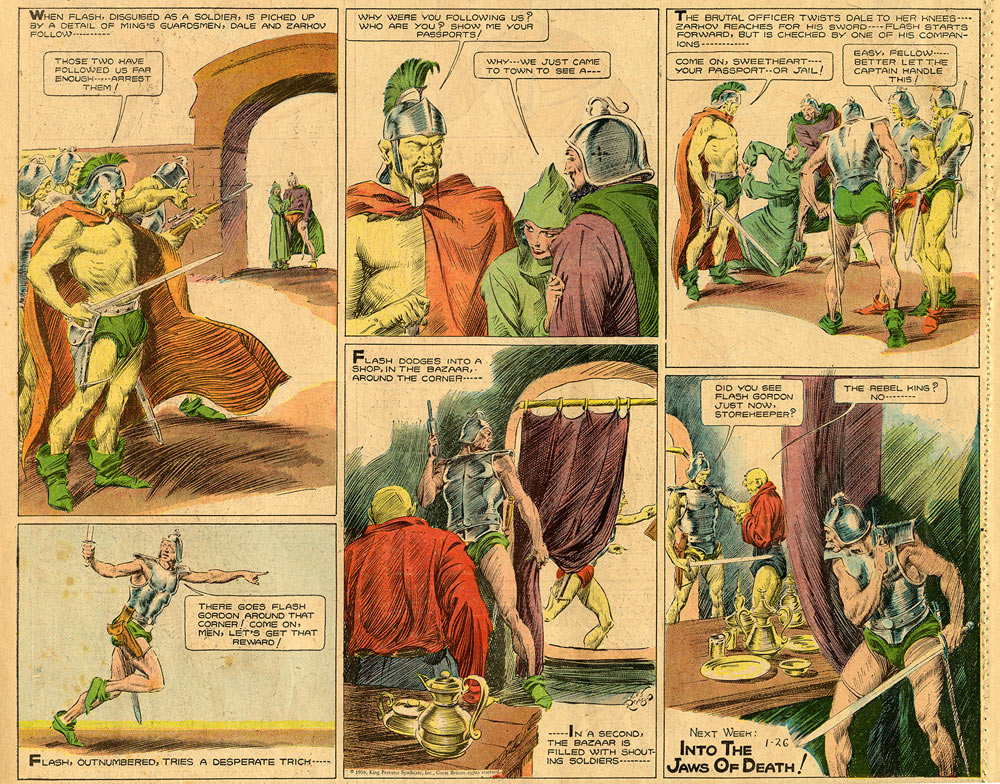
What goes into this process? Take us through having the original art and what’s required as far as taking one page and turning it into a page in the book.
Everyone works a little differently, but I think the basics are the same and what follows is my process. Each page is scanned, in two pieces if necessary, using an A-3 scanner then digitally re-assembled. A rough color-correction is applied to remove much of the yellowing and give a clear picture of the page. Then, the physical defects of the page are repaired; stains from light, mold or water damage, holes or tears from binding, vermin or years of mishandling. Then the colors are fine-tuned with particular attention paid to the “white” backgrounds or colorless portions of the page. Even when new, newsprint was never white, so I like to create a look that will simulate the colors of a new, or slightly aged, newspaper. I never liked the strong contrast, bright colors and white backgrounds of strip reprints of the past. To keep the warmth of the colors found in the original pages, I separately adjust the colored and uncolored portions of the page.
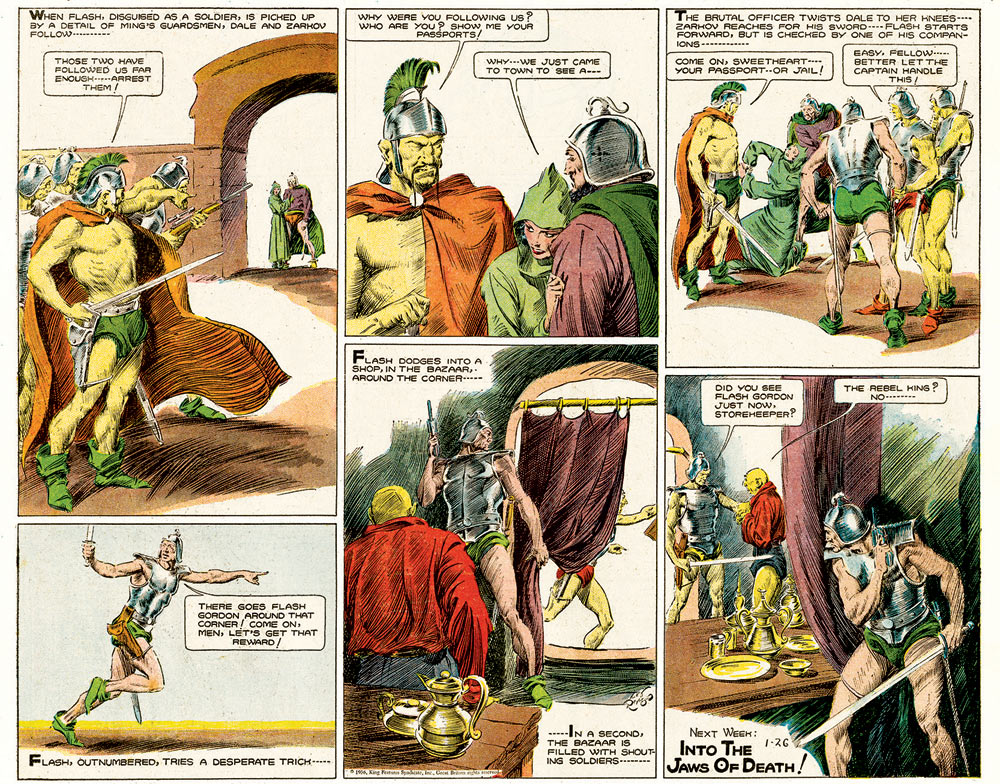
From the examples included and his outlined method, it appears Maresca usually works with original newspapers and not printer proofs. Take a good look at the top newspaper image and compare it to the bottom cleaned up image. The yellowing colour of the newsprint has been brightened to an off white. The stains have been removed. The overall image has been brightened, but not significantly. The colours are untouched, other than the overall brightening. They remain matte, subdued. I was most surprised by the lack of touchups on the text, but really it isn’t needed.
It’s a refined process that gives the appearance of little editing to the original material while actually doing quite a bit. Very nice indeed.

